The Yellowstone River is our “home water” and one of the great trout streams of the world. The Yellowstone is the longest undammed river in the lower 48 states, and there is excellent trout water from its tributaries high inside Yellowstone Park, downstream through Gardiner, the Paradise Valley, Livingston, and on to well below Big Timber; a stretch of nearly two hundred river miles! Guides float many different stretches of the prime water between Gardiner and Big Timber, depending on fishing conditions and water levels.
The Yellowstone is a big river varying in width from 75 to 300 feet. Only in low water can one wade across the river, so the best access is by boat. The most scenic portion of the Yellowstone is through “Paradise Valley” and this is also some of the very best fishing. The water closer to Livingston holds the most trout, where you will find a pleasant mix of browns, rainbows, and our native cutthroats. Rocky Mountain whitefish are abundant and provide plenty of action and fun on days when trout are tougher to catch. Although the guides use Mackenzie-style drift boats to float the river, they often stop to wade fish the better runs.
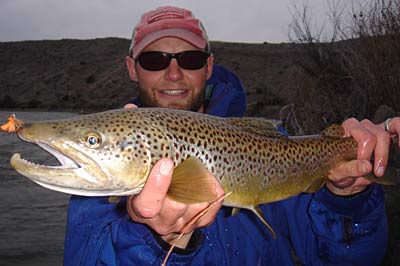
Inside Yellowstone National Park is some of the most gorgeous flat water fishing for pure Yellowstone cutthroats you’ll experience anywhere. A portion of this stretch (through Hayden Valley) is closed all year, but the rest is easily accessible and easily wadable. No floating is allowed. Unfortunately with the explosion of lake trout in Yellowstone Lake, far fewer cutthroats now run down into this portion of the Yellowstone and unless the lake trout problem is solved, this section of the Yellowstone is no longer worth fishing. It’s sad since this was simply fantastic fishing twenty years ago. Yellowstone Park is putting a huge push on to net out the lake trout, but it will take many more years before this is considered any kind of success allowing the cutthroats to come back in numbers that allow them to repopulate this portion of the Yellowstone River in summer months.
The canyon stretches inside Yellowstone National Park are accessible only by hiking or horseback. This can be terrific fishing at times, especially during the salmon fly hatch in early to mid-July. Good access points are at Canyon Village, Tower, and Gardiner with a couple of other trailhead access points in between. If you are in good shape and like to combine some hiking and fishing, this is great water to explore. The scenery is magnificent. The river here is usually quite swift, with sheer canyon walls in spots and wading can be dangerous in these sections, so be careful. The payoffs are big fat cutthroats and in a few sections, some very nice rainbows. Below Knowles Falls, about four miles upstream from Gardiner, you’ll find browns and whitefish in addition to the rainbows and cutthroat trout.
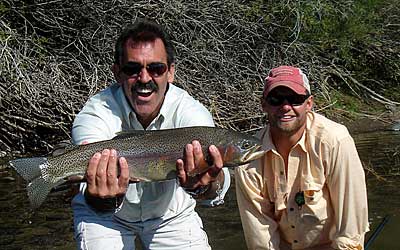
This section of the Yellowstone holds a good population of medium-sized rainbow and cutthroat trout, with a few big browns as well. The first half of this section from Gardiner to the bridge at Corwin Springs is mostly fast water, with some class II and III white water. From Corwin Springs to Yankee Jim Canyon, the river flattens out substantially and gives the angler more time to cast to fish along the banks. This section of the Yellowstone gets a terrific salmon fly hatch and if you can hit this right, you’ll have some great fishing. The last pullout before the canyon is Joe Brown Access so don’t miss this one!
From the Tom Miner Bridge (the Carbella access just downstream) down to Point of Rocks, there is some excellent water with a lot of fast pocket water with several nice pools. Once the river reaches the Point of Rocks, the gradient decreases substantially and you get into slower, longer pools. The lower end of this stretch (below the access at mile marker 26) can be slow going in an upstream wind, so the guides will often spend less time here.
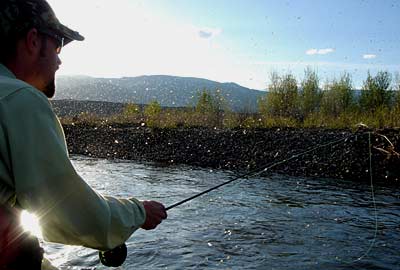
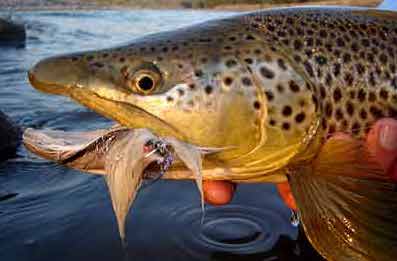
Just downstream from Emigrant is one of our best access points, Grey Owl. From here down to Mallard’s Rest there is a pleasant mix of big pools, great banks to fish and lots of big browns and rainbows. The “Bird Float” is one of the most popular with both the guides and clients offering breathtaking views of the Absaroka Mountains and robust trout water.
This section of river provides some of the most spectacular scenery on the Yellowstone, along with some of the best fishing. You’ll find one good pool after another, and more holding water for trout than the upriver sections. This is the stretch of the river where the spring creeks flow into the Yellowstone. Rainbows dominate this stretch, but there are some very nice browns here also. You can have some wonderful wade fishing in this stretch, although we nearly always use a boat to cover the water. The Absaroka Mountains provide a gorgeous backdrop to the east, with the Gallatin Mountains to the west. Beautiful scenery and easy rowing make this Paradise Valley section very popular with anglers and recreational floaters.
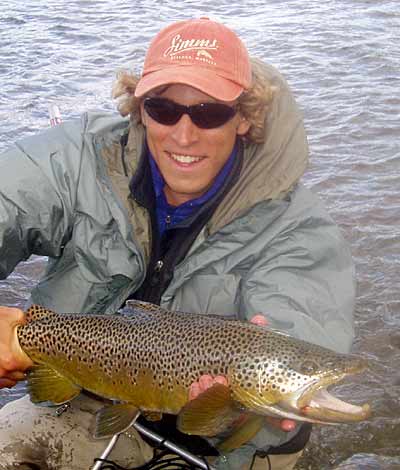
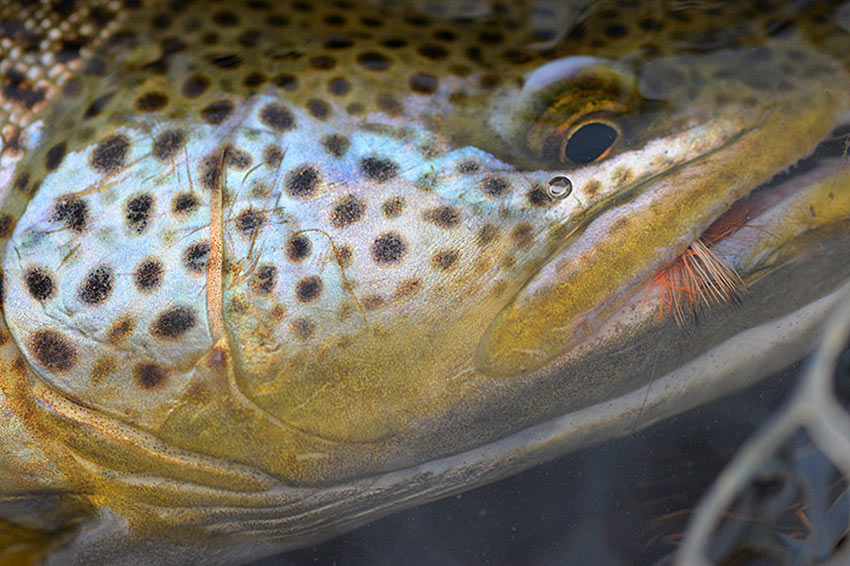
Because the Yellowstone flows right through Livingston between these points, this is known as the “town stretch”. Given the upstream presence of the spring creeks for spawning, this reach of fast water is ideal habitat for rainbows which make up most of the population here. The use of a drift boat is the best way to access this stretch, especially to get to some of the good runs on the opposite side of the river. We fish out of the boat as we float along and then stop to fish the many good runs and pools. There are several good spots to gain access if you enjoy walking and wading. Carter’s Bridge, 9th St. Island, and Mayor’s Landing are the best access points.
This section starts about five miles to the east of Livingston, just off Interstate 90, where Highway 89 turns north, toward White Sulphur Springs. The lower river from here on down through Big Timber is similar to the water around Livingston, but the riffles and pools are farther apart so there is more unproductive water. The fish populations are not as high as in the upper river and water through town, but there are some very large rainbows and browns to be caught in this stretch. Fishing and floating pressure is much lighter though this section and the fish often easier to catch. The guides love these lower stretches from Springdale to Big Timber and below, especially later in the summer when the hoppers are out in full force. Wind gusting across these hayfields blows a lot of hoppers into the river and creates some explosive and exciting action from big fish. Good access points are at Highway 89 Bridge, Sheep Mountain, the Pig Farm, Springdale, Grey Bear, and finally Otter Creek, Grey Cliff, Bratten, Indian Fort, Twin Bridges, and Itch-Kep-Pe Park.